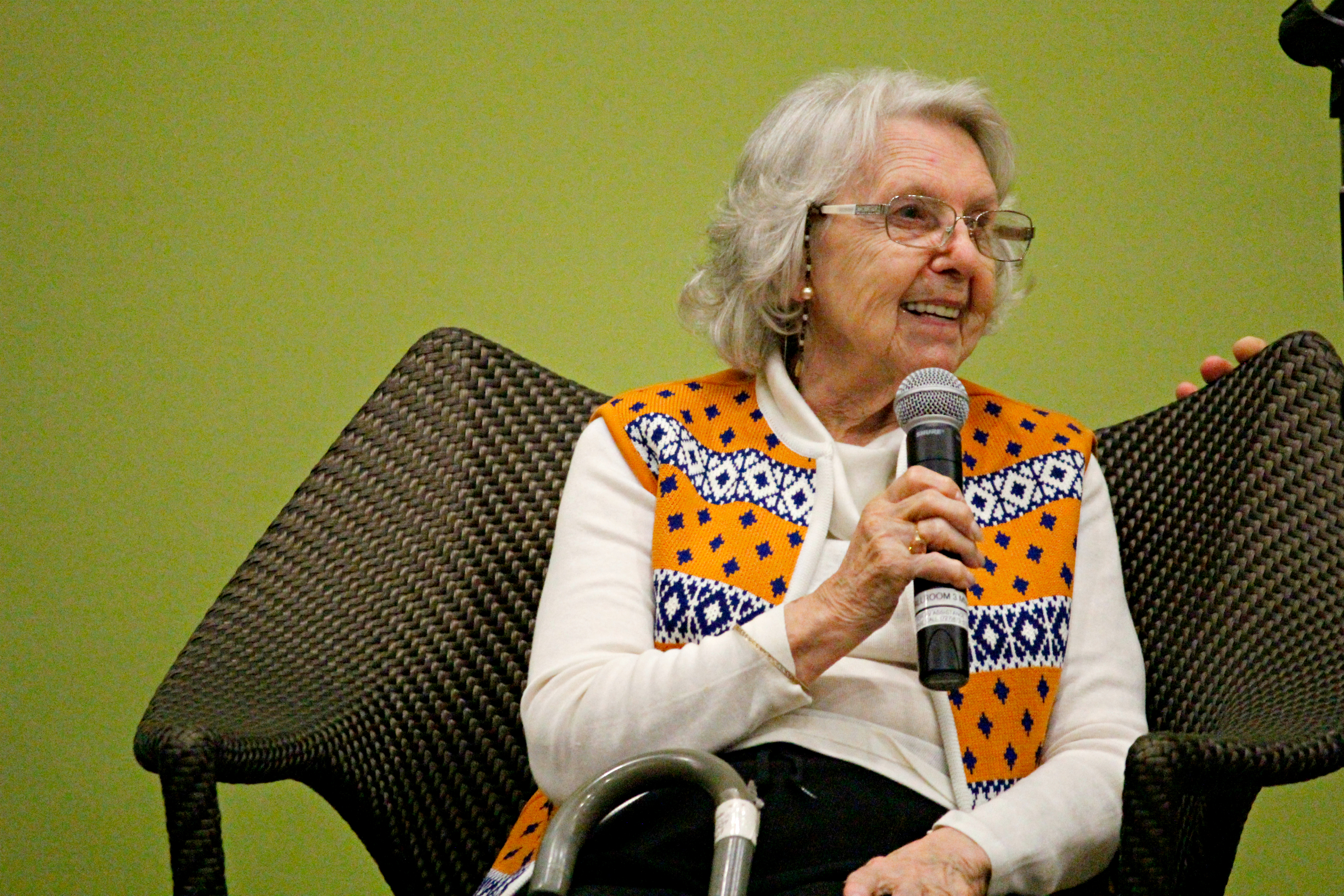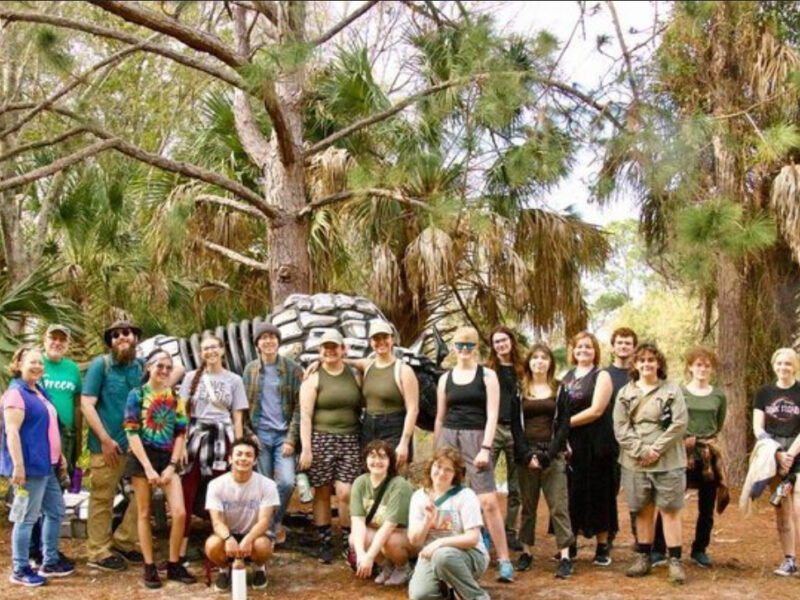Ships carrying 1,948 liberated concentration camp prisoners arrived in Malmö, Sweden in April 1945.
Years later, Malmö native and filmmaker Magnus Gertten came across archived footage and photographs taken at the harbor where passengers were brought ashore and welcomed by Red Cross teams.

The footage shows men, women, children and infants entering an entirely new world. Upon discovering the archive, Gertten had one question: Who were they?
Gertten’s 2015 documentary, “Every Face Has a Name,” uses the clips, passenger lists from the ships and firsthand accounts to give faces to the names of some of the survivors. It highlights the reactions of Holocaust survivors seeing footage of themselves and people they knew in their first steps of newly found freedom.
While the film surrounds the events and consequences of the Holocaust, director Gertten assured that “Every Face Has a Name” is not a typical World War II feature.
“It’s not a Holocaust film. It’s a film about the moment of freedom,” said Gertten, who produced and directed the film, during a Q&A session following a screening of the film in a packed ballroom at the USF St. Petersburg on Nov. 1.
The film screening, presented by the Florida Holocaust Museum and Sarasota-based nonprofit Better Futures, was received well by students and other community members in attendance.
Nazis captured Elsie Ragusin in 1939 and sent her to Auschwitz concentration camp under suspicion of her being a spy. Her story is featured in Gertten’s film. Even though Ragusin has viewed the film multiple times, she said she still experiences the same emotions and recalls all the connections she made.
As the film has been screened across the world, Ragusin stated that she is especially honored to be able to share her story with younger generations.
“I’m so anxious for the children to realize what it could be, that they should just be careful and do whatever they feel in their hearts,” said Ragusin, who now lives in Orlando. “Not to let anybody be superior to them or try to tell them what to do, like I was always fighting.”
The film has been a huge success with these younger audiences. Gertten credits this to the fact that the film is a unique approach to covering the events of the Holocaust.
“You need to tell the story in a good way because otherwise, people won’t want to watch it,” Gertten said. “People are fed up with these brutal war stories.”
Survivors in the film are shown recalling memories and the faces of people they knew – people who made it through the horrors of concentration camps with them – as they view the Swedish archival footage for the first time.
The survivors spoke of their emotions and the thoughts that went through their minds as they got into the harbor. This approach makes the film’s themes universal for viewers, according to Gertten.
“It’s a film about the complications of being a human being that comes from a war, and I think everyone can identify with that because we all read about it and hear about it in different ways,” Gertten said. “Here, you get to know the people. You really get close to them.”
A Q&A session took place following the film in which both Gertten and Ragusin discussed the filmmaking process and their reactions to the finished product.
USFSP freshman Chris Packett said that he could relate to the emotions expressed in the film and that he thought a lot about his life while watching the survivors recall their experiences.
“I think the best way to teach the Holocaust is through stories,” Packett said. “You definitely have to learn about all the propaganda and the power of Hitler and all that, but when you really get down to the feelings and the heartfelt stories from these survivors, it just brings a totally different feel and tone to the whole thing.”



